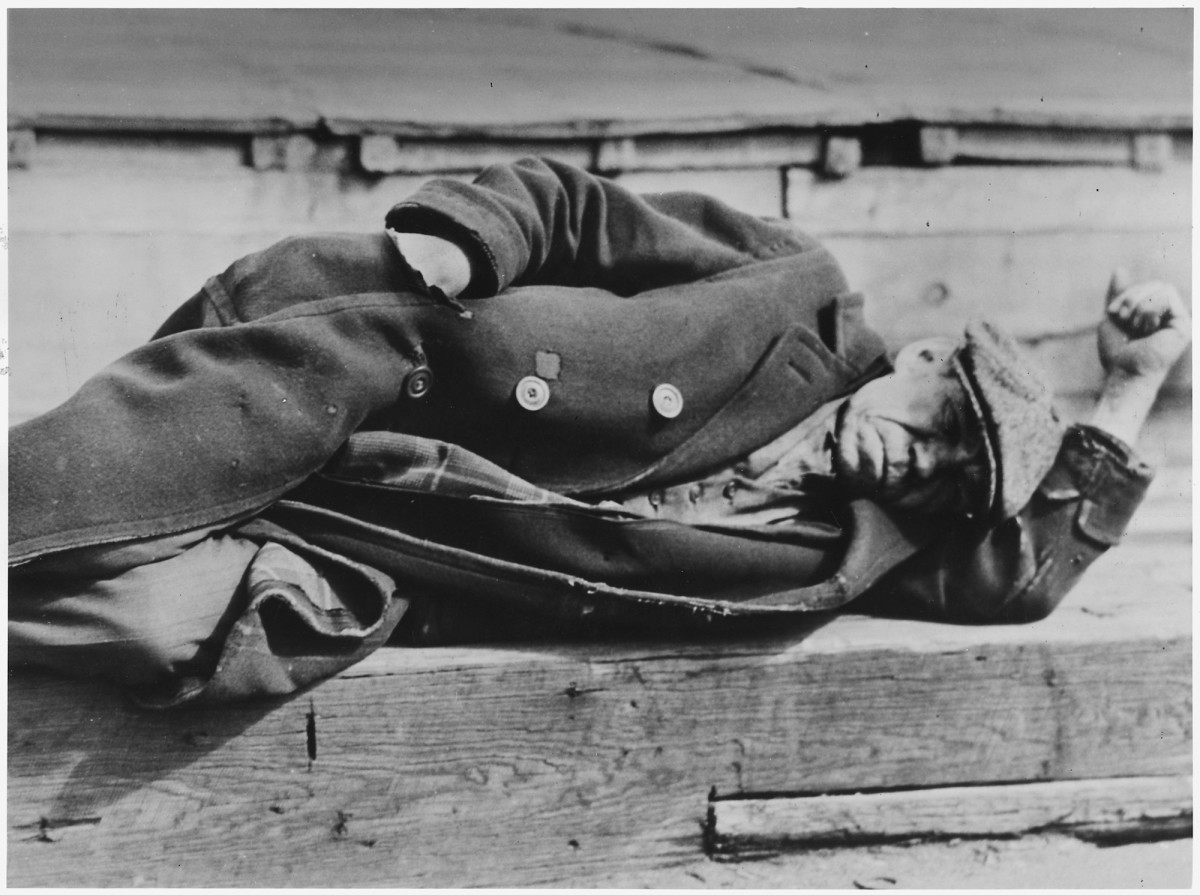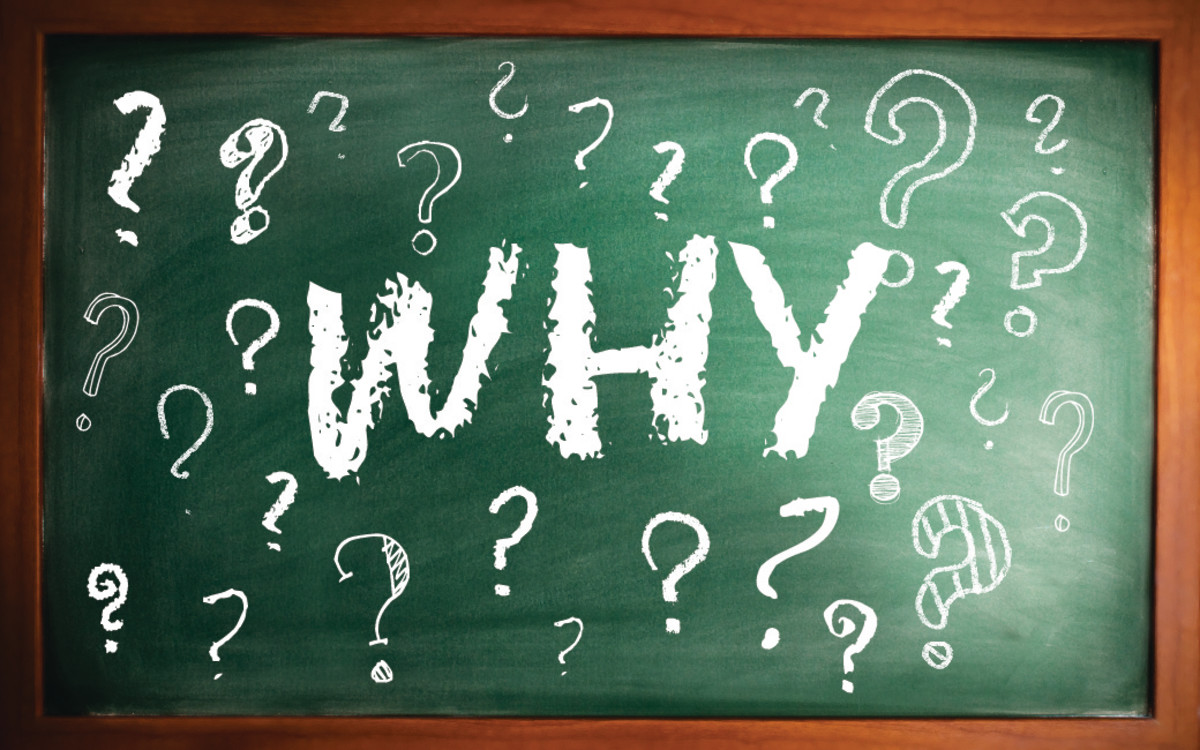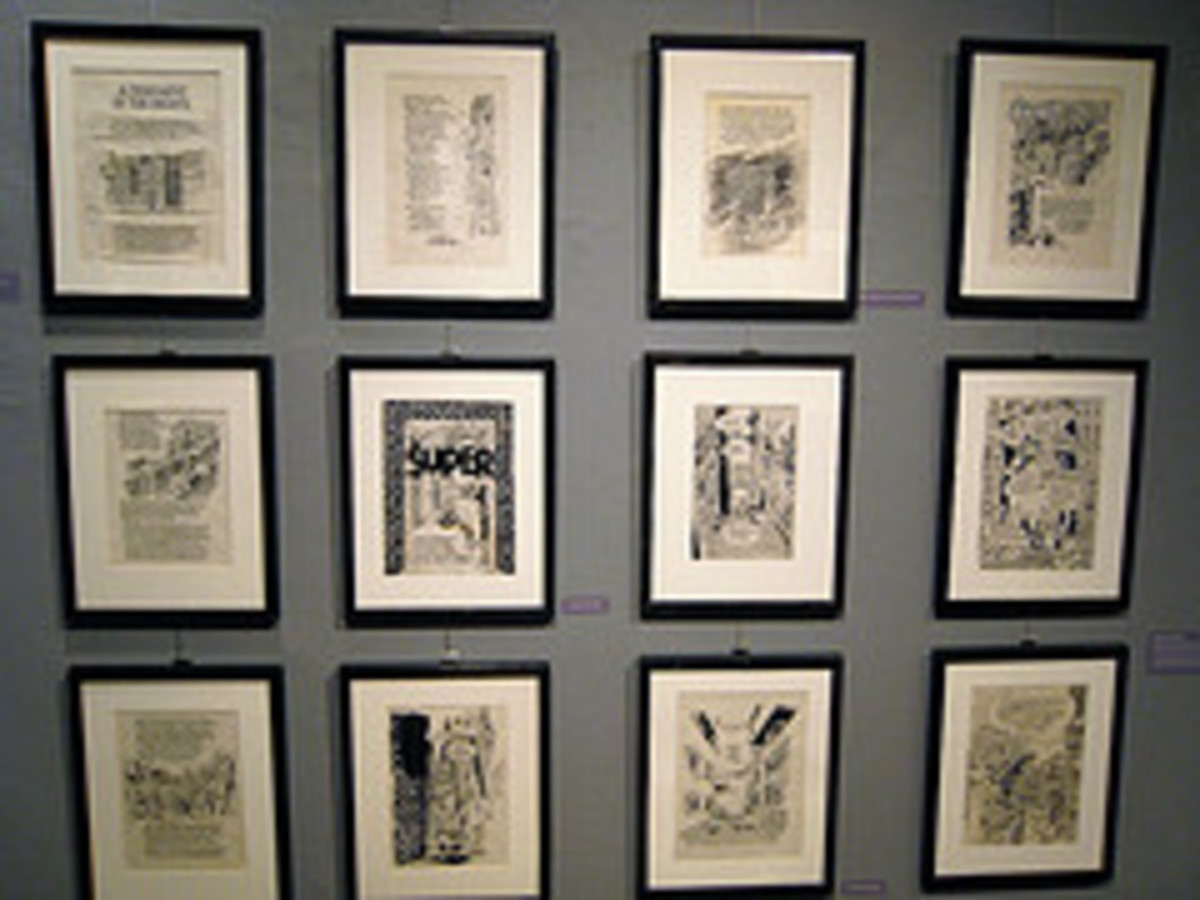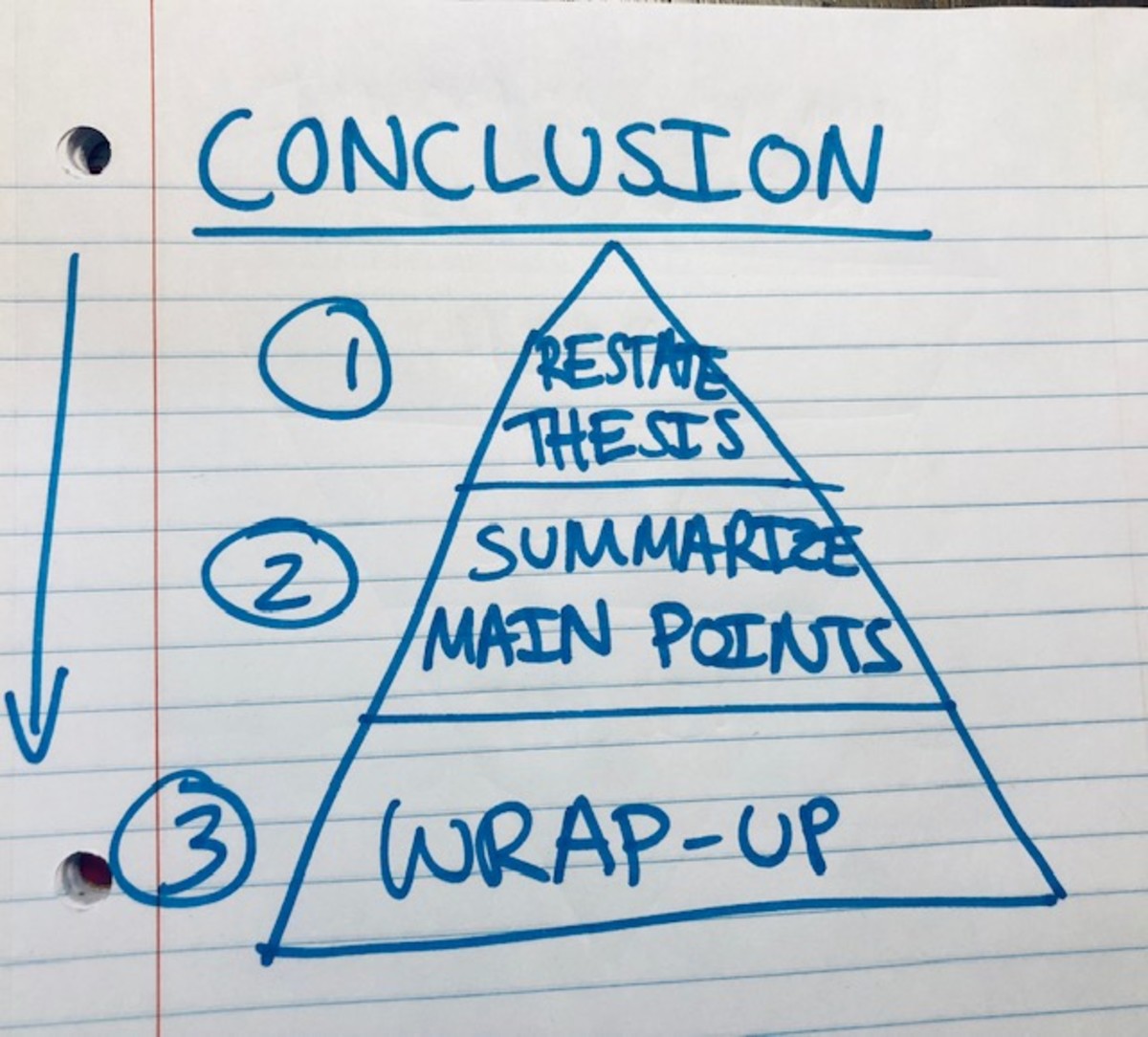How to Write a Visual Analysis Essay
Introduction
Visual analysis in literature is the elementary unit of art historic writing. Several sources such as scholarly books, undergraduate research papers and art magazines largely depend on comprehensive and neat visual analyses. A writer may write a visual analysis as a simple assignment or as a part of a much longer and larger research paper.
How to Write a Visual Analysis Paper
Visual analysis aims at understanding and recognizing the visual choices made by the artist as he/she created the artwork. As one observes and then writes about different parts of an art object, they enhance their understanding of that art object and others as well. Visual analysis focuses on the formal elements of an artwork, meaning it analyses physical attributes like texture, color, size and line.
Historical interpretations of meaning and historical context may also be included in a visual analysis. In this regard, a writer must carefully read the instructions of the assignment to know which visual analysis elements their professor requires them to include. While some examiners will only look for formal analysis, others expect a writer to frame their description in historical information expressions. A writer may therefore be asked to give one or more possible interpretations of an artwork. Hence, it is significant for the writer to ask for clarification from their professor on what they expect in the assignment.
Most visual analysis papers are written for English, History or Art History courses. A writer will be required to describe an image and explain its composition (How it is put together). The writer should then analyze what the image means to the artist while at the same time considering the image’s historical meaning. Lastly, the writer should evaluate how effective the image is in the contemporary society.
As a writer analyses the meaning of visual images, they should keep it in their minds that every image projects a claim or idea. Advertisements for instance show such claims or ideas generally and openly and even explain the claim in the text. Artworks on the other hand are more subtle but they also convince the viewer to believe in something they are portraying. Thus, the writer must keenly observe the image and look at the audience for the image, the purpose of the artist, how the image was composed and its historical context when viewed.
Outline
- Introduction
Here, the writer describes the basic facts concerning the art. The reader must be convinced to gain interest in the art through a number of techniques. To begin with, the writer should provide a vivid description of the image for the reader to see it. This will tell the reader how the image was created. Secondly, the writer should clarify the purpose of the artist in creating the artwork. Additionally, the writer should give fascinating facts concerning the art and the artist who made it. Moreover, the writer should talk of the misunderstandings or controversies that surround the art and how it is viewed in the modern day world
2. Thesis
This contains the main idea and will explain the meaning of the image as well as control the ideas within the essay. The writer should be vibrant when choosing their thesis statement
3. Body
In this part, the writer will support his or her thesis with a couple of ideas that support the meaning of the image. The writer can use other people’s art works to add more weight to the meaning
4. Conclusion
For an interesting conclusion, a writer should consider concluding rather than simply repeating their thesis statement. They should either give a final attention-grabbing fact or speculate on what the creator of the image would think about how their picture is viewed over time. The writer can also make a comparison between this image and other images that resemble it and suggest how the image fits into the artist’s work. The writer can then compare how the first audience received it with the way the modern day people can interpret it or with their own ideas








